by Texas Homesteader ~
There are some plants that work perfectly for a lazy gardener. You know the ones – you plant them once and they provide you with food year after year? I’m sharing some of my faves.
(Note: Some links in this post will take you to other related articles for further information. But links preceded with * are affiliate links. If you click and buy something I could receive a tiny commission.)
Easier Gardening With Prolific Plants
I love my veggie garden. It’s just something in my bones – I have to grow a garden.
But I’m also a fan of the mantra ‘Work smarter, not harder’. So I’m always on the lookout for the lazy-gardener ways to provide food for us with very little (and sometimes NO) input from me.
Growing Plants In Planting Zone 8
Our homestead is located in NE Texas – in hardiness zone 8. So your lazy-gardener plant list may be slightly different than mine depending upon your typical weather conditions.
I previously shared what I can forage for free around our NE Texas Homestead including pecans, plums, persimmon and more. I urge you to check out the post on Foraging Food For Free as well.
But following is a list of things that I – for the most part – planted once in the garden and then pretty much just forgot about.
And some of these things have provided food for us for several years so far, with several more years to go.
Everbearing Strawberries
I heard about something called *‘everbearing strawberries’ and thought I’d give ‘em a try. I planted them in a galvanized trough as part of my edible landscape plan.
They provide strawberries in the spring and then again in the fall. I’m typically picking and enjoying strawberries by late April.
I mulch the strawberries for the winter months with a nice thick layer of dried leaves and they come back every year.
I’ve grown those same strawberry plants for about 5 years now. They actually spread and took over the trough.
I harvest the strawberries every morning. We like to enjoy them as part of a delicious yet healthy dessert using my homemade yogurt sweetened with honey or preserves, layered with strawberries and sprinkled with some Homemade Granola.
Asparagus
My parents gave me a small crown of *Asparagus several years ago. I’ve read that a crown can produce continuously for years and mine is still producing heavily for me each spring.
I harvest fresh asparagus spears each morning.
If we’ll be enjoying them for supper that night I’ll simply put them in a cup of water like a little asparagus bouquet and place them in the fridge. This will keep them fresh and crisp all day.
But if I’m harvesting so much asparagus that we’re tired of it (I know, but believe it or not, it happens!) I’ll either Pressure Can The Asparagus, or place asparagus spears into a freezer bag for enjoying later.
That way even in the summer I can pull out a couple of servings of asparagus and lightly steam them with a small pat of butter. The freezer changes the texture to more of a cooked texture anyway so it doesn’t take long at all to steam them until tender.
Concord Grapes
Over 10 years ago I decided to try growing grapes. I picked up a start of *Concord Grapevine from a local farm store and placed it in my garden.
It grows along the fence that supports the long vines. MAN that grapevine is productive!
I’ve never done much other than to tie the vines to the fence & prune it back in late winter.
I use the grapes to make a family fave – Grape Jelly
Cilantro Volunteer Plants
We love *Cilantro and I’ve only planted it once, several years ago. I allowed that original plant to go to seed and I’ve had cilantro in the garden ever since!
There are several reasons I allow the cilantro to bolt, bloom and seed. Our honeybees love the blooms, it assures volunteer cilantro plants for next year’s garden, and I’m able to harvest coriander after allowing the seeds to dry.
Coriander is an ingredient in my Homemade Breakfast Sausage. So I’m happy to let my cilantro plant provide coriander for me each year for FREE.
What a multi functional plant cilantro is!
Hardy Mint
In my Botanical Hole of Death yard I even had a hard time getting mint to grow. MINT! I got tired of buying mint to have it succumb in just a few weeks.
So I asked my family for a start of the mint they have in their own gardens and my aunt shared starts of her *Spearmint with me. It grew like CRAZY!
I don’t water or fertilize this mint bed. It’s on its own against the harsh Texas summer sun. And it’s even planted next to a west-facing wall with heat radiating from the bricks in those hot summer months.
I made a specific Mint Planting Area so it would play nice and not take over.
The bees love the blooms and I enjoy harvesting the mint for a Cool Sugar-Free Mint Beverage in the summer, or to steep the mint leaves in hot water for a delightful caffein-free Hot Herbal Tea to sooth and comfort on a cold day.
And of course I’ve made soap with it. Homemade Morning Motivation Mint soap!
Blueberry
I’ve planted and lost blueberries so many times in the past. But I love them. Then one day at a plant fair the merchant told me about this miniature blueberry plant that works well even when grown in containers.
So I made an adorable Galvanized Blueberry Container where it’s grown ever since.
I enjoy being able to stroll to the back porch and pick those ripe blueberries.
Thornless Blackberry
A new addition to my garden is a thornless blackberry.
I already had a wild dewberry vine growing along my garden fence.
So I planted a thornless blackberry too. The canes on a blackberry bush grow up instead of growing in a vine like the dewberries.
And harvest will be so much easier since I won’t have to work around any thorns! It’s already producing blackberries and I can’t wait to harvest those juicy berries year after year.
Chives
My chives reseed easily so they grow each year. I planted the *Purple Blooming variety as I’ve read that the pollinators love them most.
I also planted some *Garlic Chives in another bed. They both come back year after year with no prompting from me!
Walking onions
Several years ago a family member shared a start of walking onions with me. I was so intrigued!
They are *Egyptian Walking Onions. And they are a ‘plant it and forget it’ kind of onion. They’re small but strongly flavored.
They reproduce by growing bulbils on the flowers, which then get weighed down and touch the ground. There they’ll root and make new plants.
I’ve not purchased onions for my garden since then. They just keep producing, y’all!
Garlic
Garlic is another lazy-gardener plant. I harvest mature garlic bulbs in June. After curing the bulbs by allowing them to air on the back porch for several weeks, I pull the largest bulbs and put them into a paper bag (labeled, of course) and store them in my refrigerator.
In October I’ll separate the cloves from those largest bulbs and drop them into the garden to repeat the cycle over & over again.
A heavy mulch of Fallen Leaves in the fall helps protect the garlic over the winter months. And those leaves decompose to enrich the soil and make it more fluffy and easier for garlic bulbs to grow.
By planting my garlic this way I’m able to benefit from garlic that is most suited to my environment. The garlic bulbs grow larger every year! I haven’t purchased garlic for the garden in more years than I can count.
Rosemary
I love my rosemary bushes more than any other of the fresh herbs I have growing. I planted rosemary on the north side of our home because I could see it from our main living area windows.
With all the brown dreariness of winter, that evergreen rosemary was a sight for sore eyes.
And each time it rains they pop with little purple blooms that our honeybees go crazy for!
I use much of that fragrant rosemary in cooking or in Making Homemade Soap.
Sage Is Beautiful
I love cooking with fresh herbs. And I love to grow plenty to harvest and dry at the end of the season too. I have a Handy Herb-Drying Station in my kitchen to make it easy to dry and use those herbs.
I planted a sage plant in a southern-facing ‘flower bed’ at my front porch years ago. I was thrilled when it came back year after year. It’s now about 5-feet wide, y’all!
And the blooms! Oh those gorgeous purple blooms. I’d never seen a sage ‘bush’ all abloom until this one.
The pollinators love it and so do I. What a gorgeous edible plant for my Edible Landscape plan!
Oregano
I use oregano in my edible landscape too. I’ve had the plant for several years now and I usually allow it to bloom for the pollinators.
All season long I harvest those fresh leaves for cooking and it’ll be ready for me to take at the end of the season to dry too.
Basil
I’d always heard that if you want your basil to last you should keep it cut back and not allow it to bloom. And I always followed that advice. Until I didn’t.
As with much of my edible landscape I wanted to leave some blooms for the pollinators while allowing me to eat the actual leaves of the herbs.
It didn’t seem to negatively affect the basil plant. I had plenty to harvest even after allowing the plant to bloom.
And at the end of the season I left the ugly-isgh dead bloom stalks because I found the birds used it as a food source during the winter months when food was scarce. Then I found yet another benefit…
The next spring I had no shortage of basil volunteers! They popped up prolifically. I typically dig several up and relocate for other edible landscape/pollinator garden options.
And I relocate several to plant with my tomatoes in the veggie garden since they’re great companion plants. Of course I always have a fresh (volunteer) planting of basil for use in cooking for the year too.
Stevia
I Planted Stevia for my own home-grown sugar-free sweetener several years ago.
I harvest it all season to sweeten RancherMan’s Sun Tea and to also sweeten my Sugar-Free Mint Beverage.
During the cooler late spring & early fall months I’ll hack it back about a 3rd and dry the leaves before grinding them into a powder.
I’ve used that home-grown sweetener when making my favorite Sugar-Free Sweet Potato Brownies since RancherMan prefers a sweeter brownie but I didn’t want to add sugar. I’ve also sprinkled it onto my homemade yogurt to sweeten it for him.
But like my basil above, I allow it to flower and go to seed. Low & behold several stevia plants sprout up each spring!
I relocate several the same as I do with the basil to use in my edible landscape plan. I also shared several plants with friends & family too.
What About You?
Those are a few of my lazy gardener’s crops to provide food year after year for us. What are the favorites in your garden? Be sure to note your location so others can learn about what works best in their areas too.
~TxH~
Links Included In This Post:
- Homemade Yogurt – Stovetop Version
- Pumpkin Granola Recipe
- *‘everbearing strawberries’
- Pressure Canning Asparagus
- *Where To Find Asparagus
- *Buying Concord Grapevine
- *Where To Find Cilantro
- Homemade Breakfast Sausage
- Plants That Grow In Our Botanical Hole of Death
- *Where To Find Spearmint
- Containing Mint In A Planting Area
- Cool Sugar-Free Mint Beverage
- Homemade Lavender/Rosemary Soap
- Handy Herb-Drying Station
- Galvanized Miniature Blueberry Planting
- *Where To Find Egyptian Walking Onions
- How/When To Harvest Garlic
- Using Fallen Leaves
- Planting Stevia
- Sugar-Free Sweet Potato Brownies
My Favorite Garden Hacks
Garden Planning
- Easy Garden Planting Plan Spreadsheet
- Prepare Now! Late-Winter Garden Checklist
- How To Make Your Own Garden Soil
- Prepare Your Garden For Spring Planting
Seed Planting
- Planting Seeds In A Milk Jug Mini-Greenhouse
- Planting A Clear Tote As An Indoor Greenhouse
- Repurposed Cardboard Seed-Starting Pots
Soil Health
- Easy Compost For A Healthy Garden
- How Leaves Benefit Your Garden
- Using Manure In Your Compost & Garden
Garden Styles
- How & Why To Use Raised Beds In Your Garden
- 3-Sister’s Garden – The Original Companion Planting
- Planting A Large Galvanized Trough
- Where I Found The BEST Raised Bed!
- Planting A Blueberry Bush In Rustic Galvanized Tub
Garden Plants/Harvest
- Stevia – Growing Your Own Sweetener!
- My Simple, Zero-Waste Herb Drying Setup
- The Lazy Gardener’s Plant List – Plant Once, Eat For Years!
- How To Tell When Watermelon Is Ripe
- Luffa A Surprising Zucchini Substitute!
- How To Plant & Grow The Best Tomatoes
Water/Irrigation/Drought
- Keeping Potted Plants Watered
- Repurposing A Coffee Can For Deep-Soak Watering
- 3 Rainwater Collection Systems We Use
- Cheap (or FREE) Wood Mulch For The Garden
- Using Vining Plants For Living Mulch
- Surprising Use For Empty Clay Pots In The Garden
Weed Control
Garden Tips
- How To Save Outdoor Plants Even During A Hard Freeze
- Tricking Birds AWAY From Your Strawberry Plants
- Protecting Tender Seedlings From Wind
- Homestead Hack: Remember Where You Planted Seeds
- How I Use EcoBricks In The Garden
MORE Gardening Posts
References:
Find Your 2023 Updated USDA Plant Hardiness Zone
Texas Master Gardener’s Companion Planting – Plant Friend & Foe
C’mon by & sit a spell! Come hang out at our Facebook Page. It’s like sitting in a front porch rocker with a glass of cold iced tea. Lots of good folks sharing! You can also follow along on Pinterest, on Twitter or on Instagram.

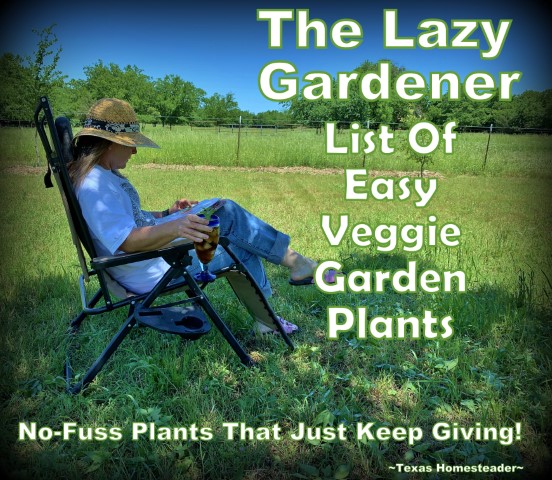
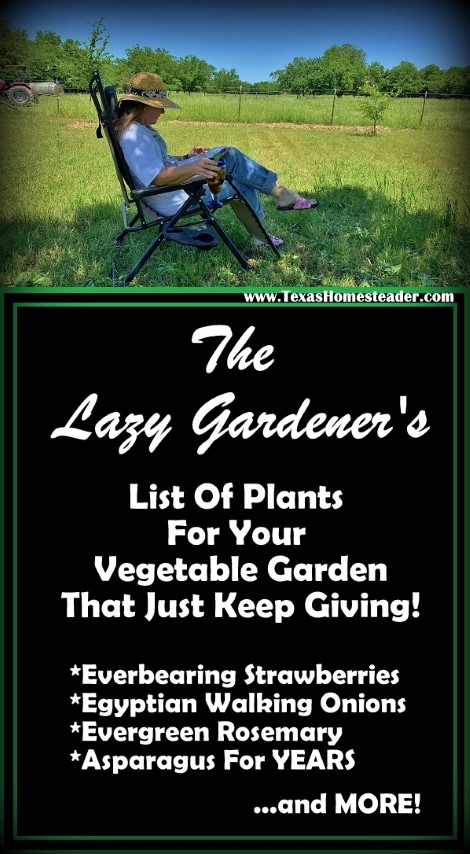
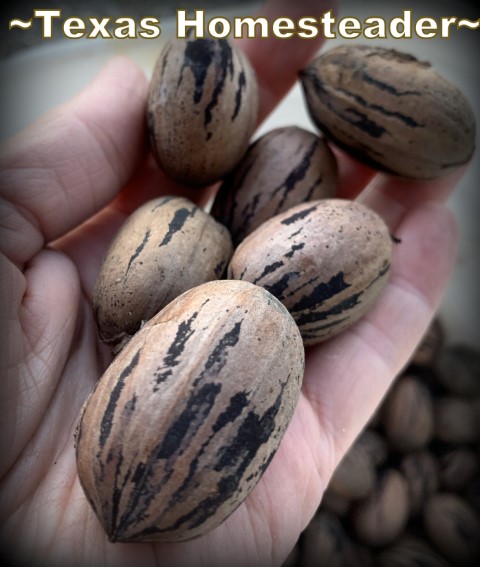
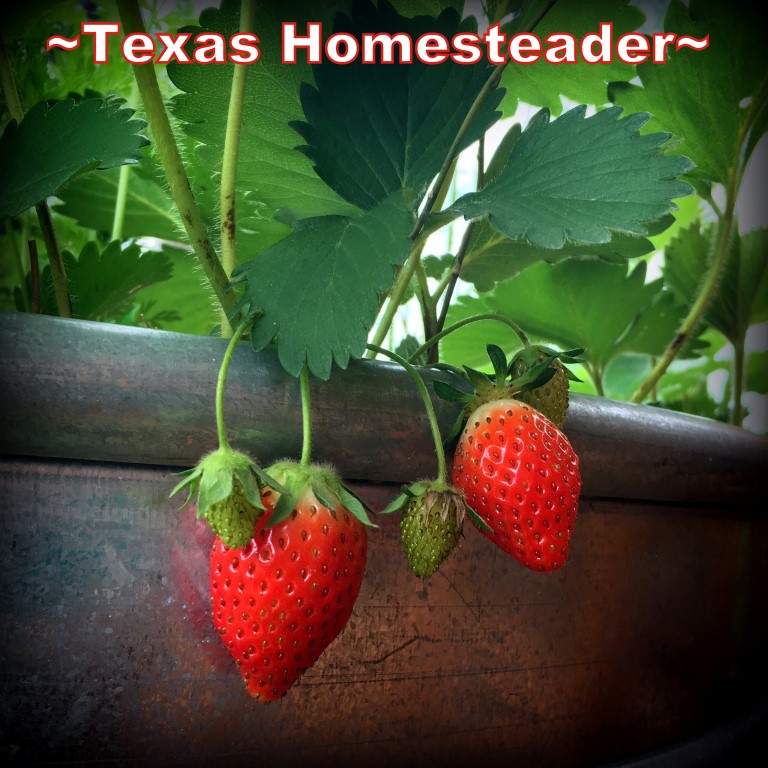
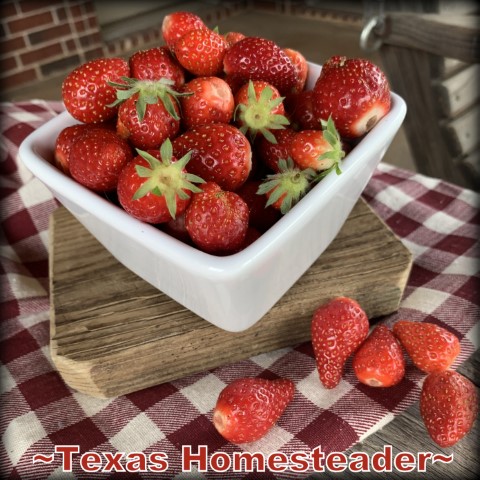
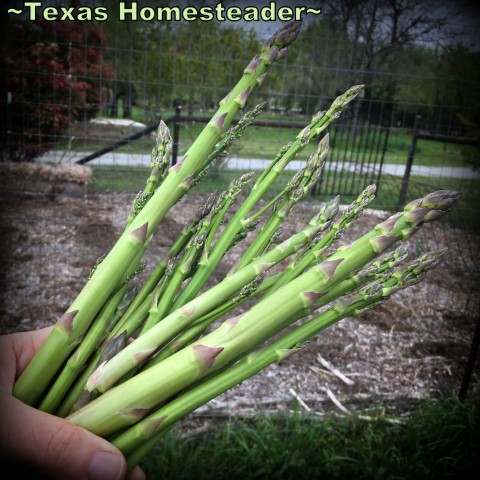
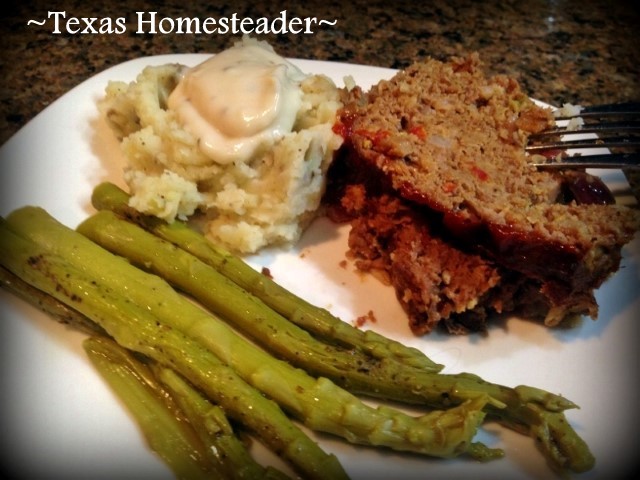
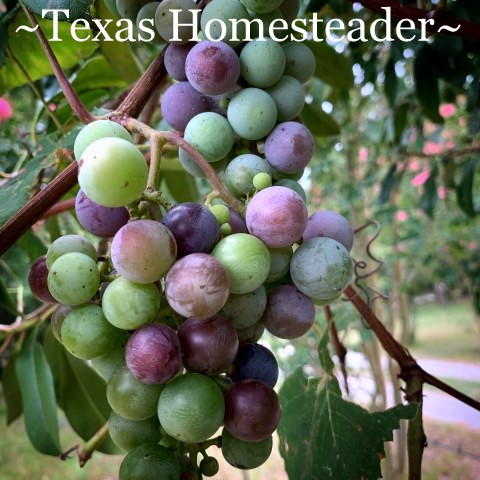
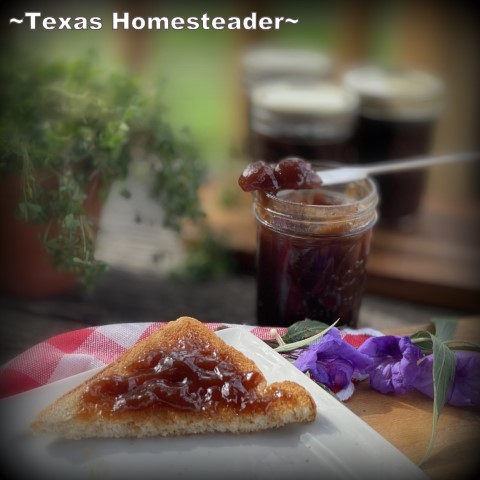
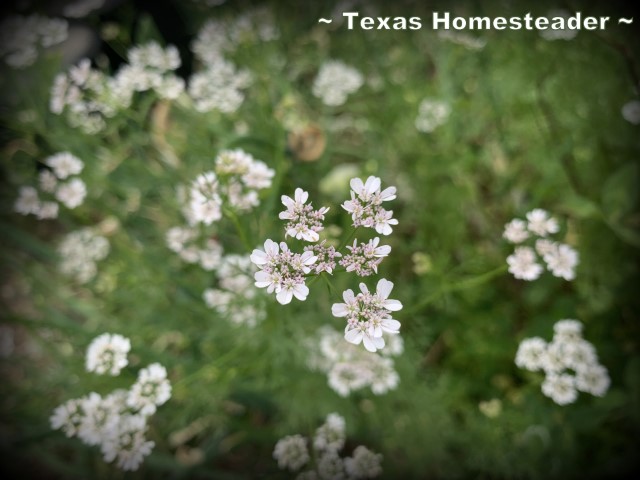
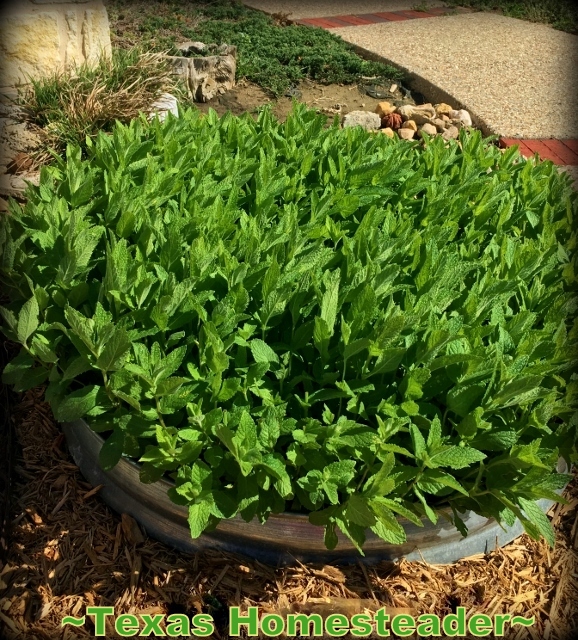
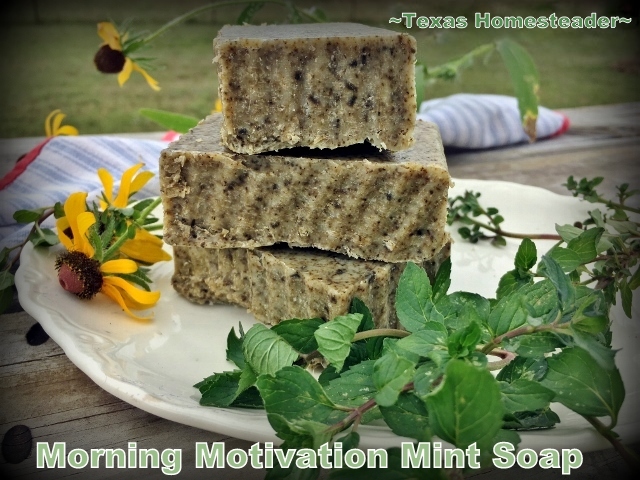
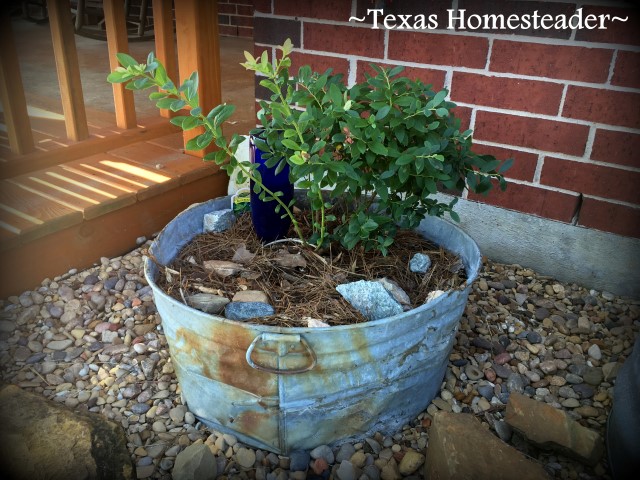
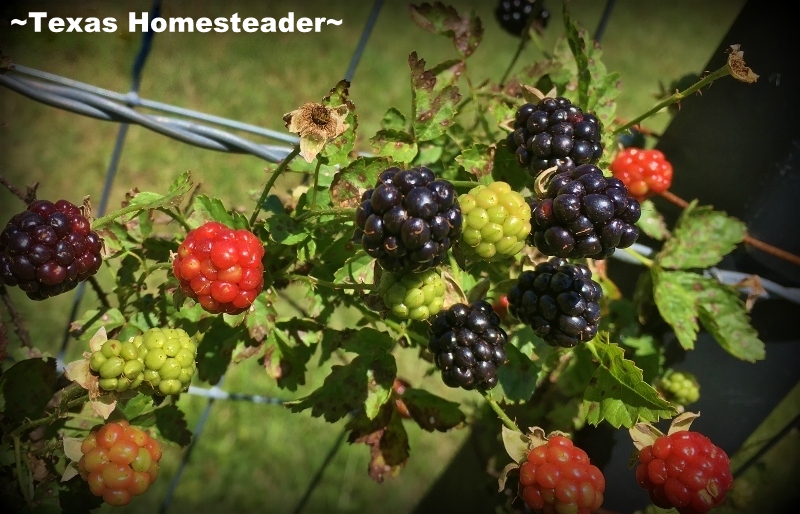
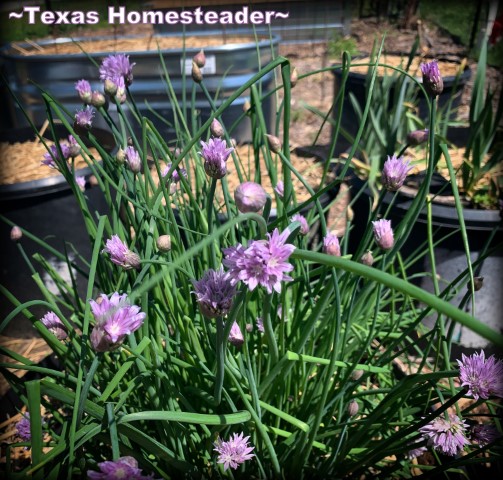
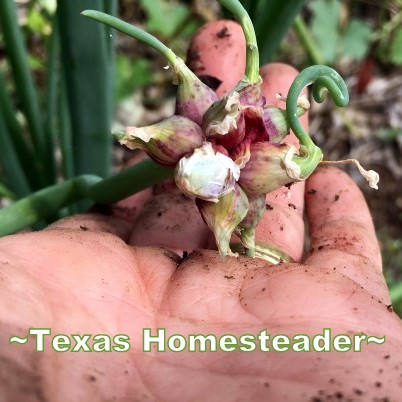
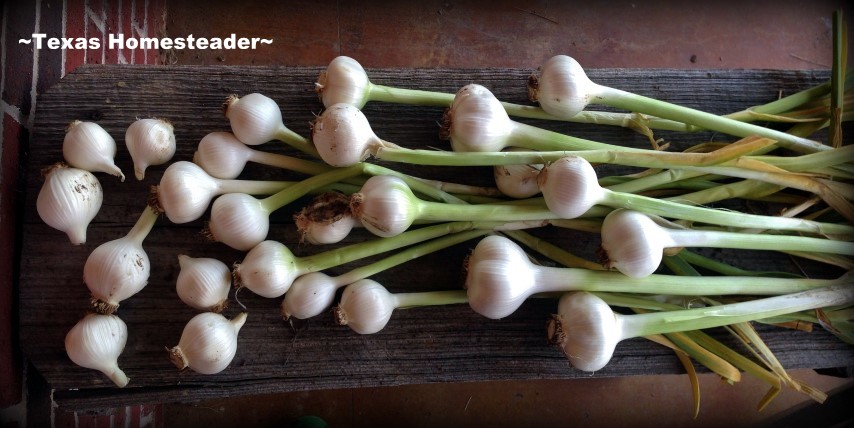
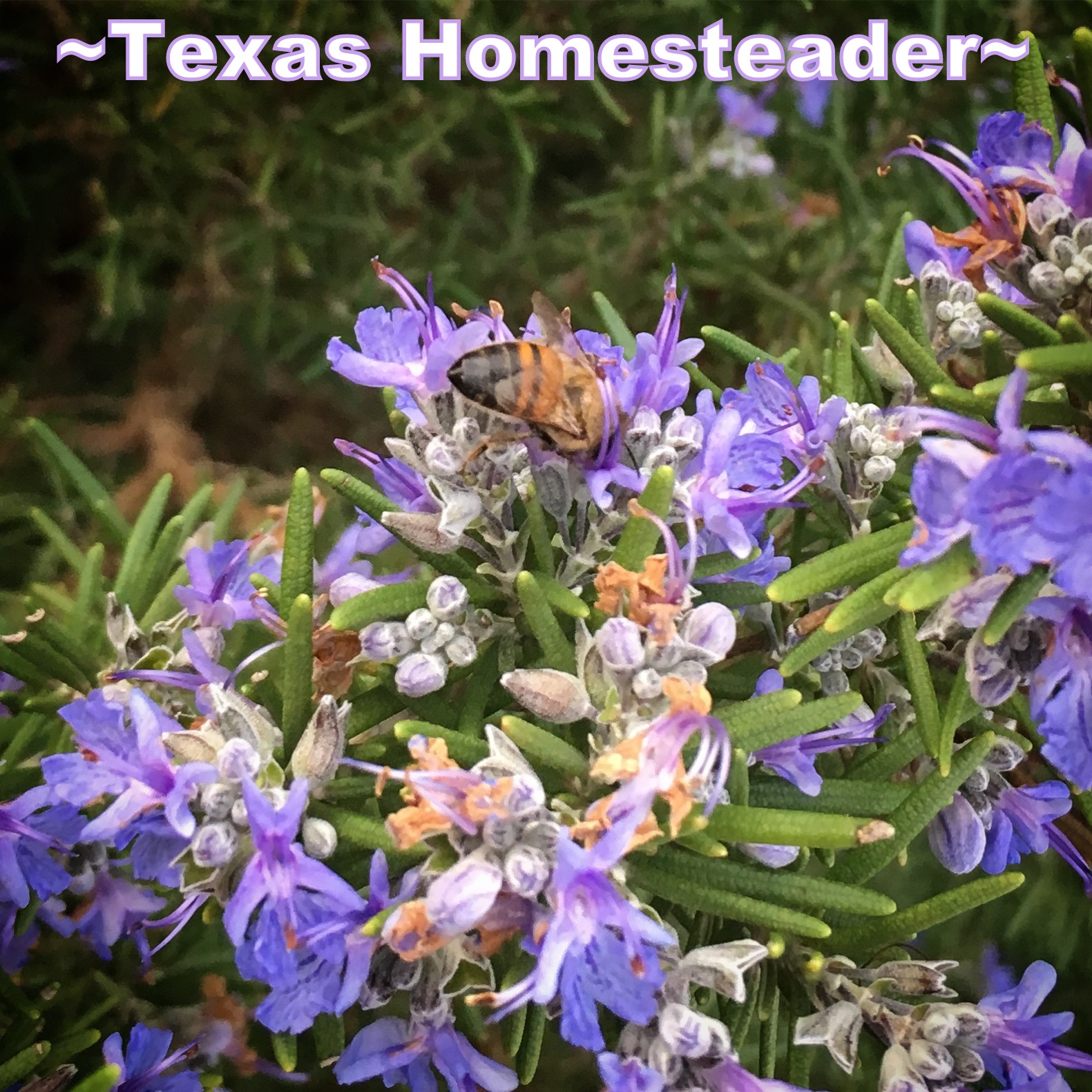
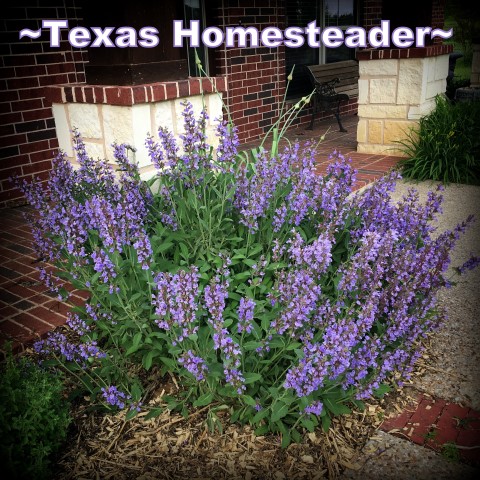
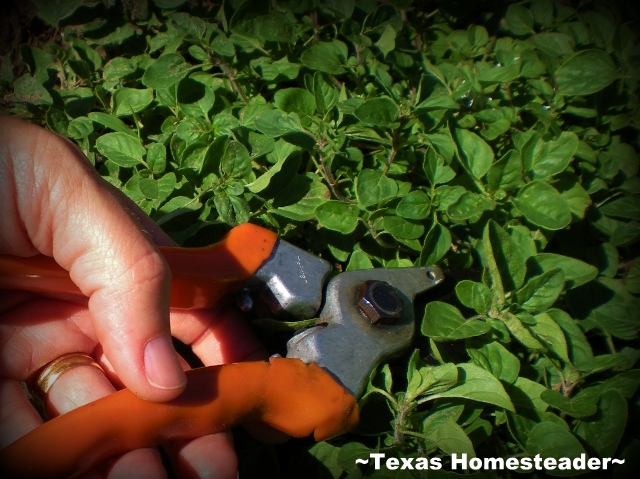
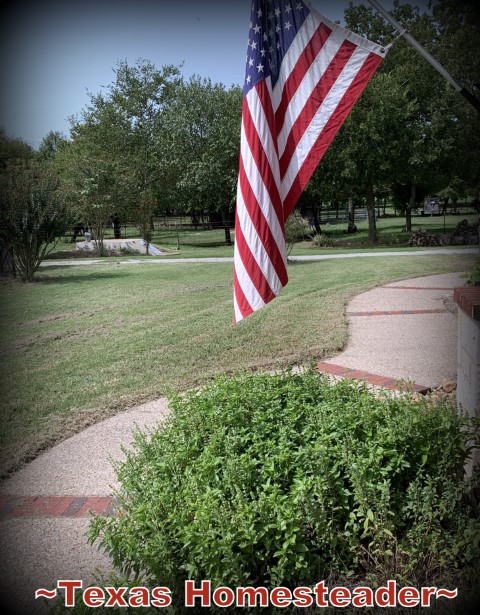
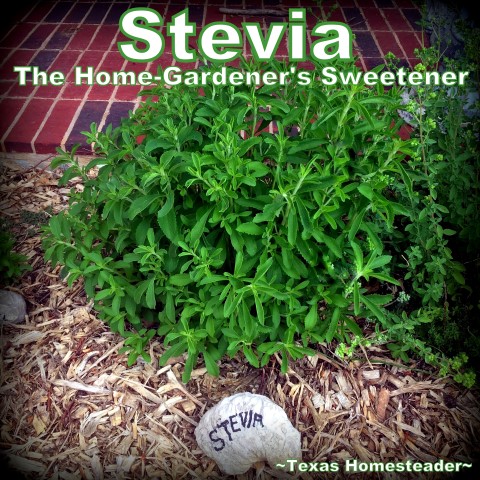
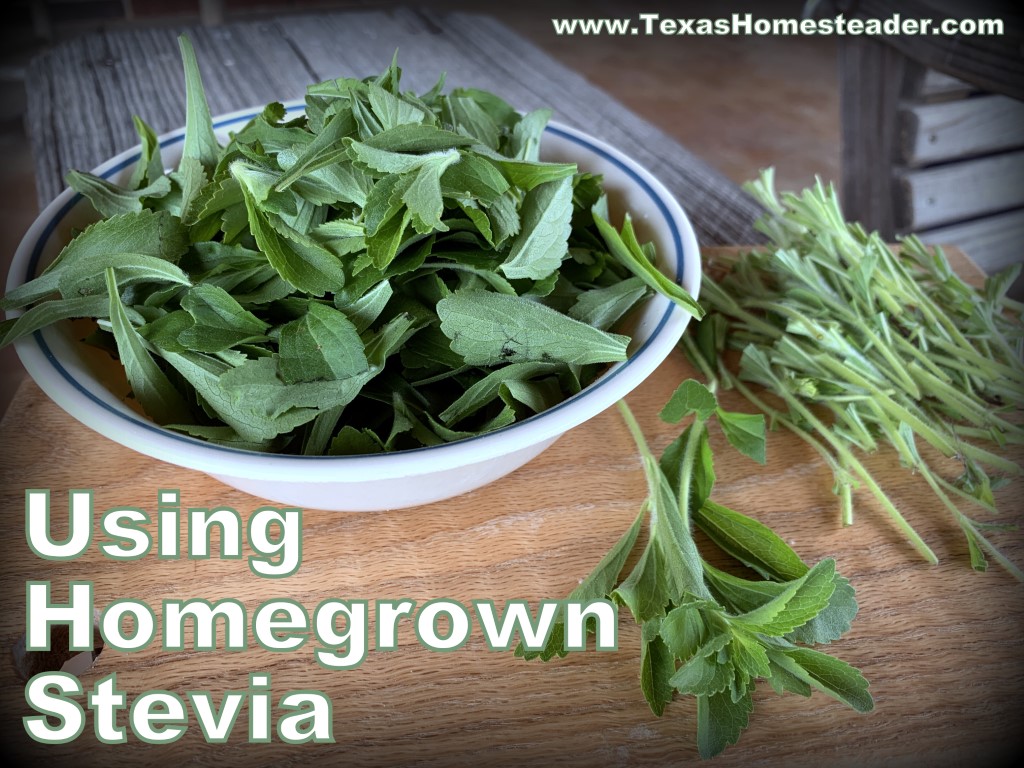

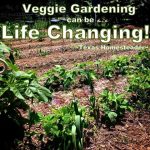

Out here in western (but not right on the Pacific coast) Oregon we have fruit trees including apples, mulberries, pears, blueberries and cherries. There were old apple trees here that had something called apple anthracnose (not sure of that spelling) which wreaked havoc on the Bird Man’s little trees but we do get apples from them, the trees just don’t look very nice. It hasn’t bothered the beautiful Everest Crab Apple tree – go figure. Sadly the plum tree succumbed to the disease. The mulberries, peach and cherries seem to be resistant so far. I have curly kale that has kept on growing for several years – slugs love it too – and I just keep picking it and picking it and eating it and giving it away. We recently netted one of the cherry trees – quite the effort – and will probably net the other two as time goes on. The birds can clean off those tiny hard little cherries in the blink of an eye.
I’m so jealous of your fruit trees Candace. I’ve planted, lost, replanted and lost again so many fruit trees in our Botanical Hole Of Death yard. Cherry, apple, apricot and plum. Even pear trees! I currently have yet another pear sapling I planted a few months ago to start again to replace the one I lost last year to fire blight. And for years I’ve been unsuccessful with blueberries until I got a miniature one and planted it in a galvanized tub which has been producing blueberries for me for the last couple of years. The winter storm in Feb that took so many plants did pop it hard, but although it won’t bloom this year it is at least green again after I cut off all the dead branches. Mother Nature’s been cranky for sure! Enjoy those delightful fruit trees! TxH
This is one of the best posts on gardening I’ve seen to date. I love it. Now to get the plants and get started on this. I love fresh anything vegetable or herb wise.
I live in East Texas. Between Dallas and Longview. North of Tyler. Do you live close?
We’re in NE Texas, but looks like both of us are in plant hardiness zone 8a, Deborah. ~TxH~